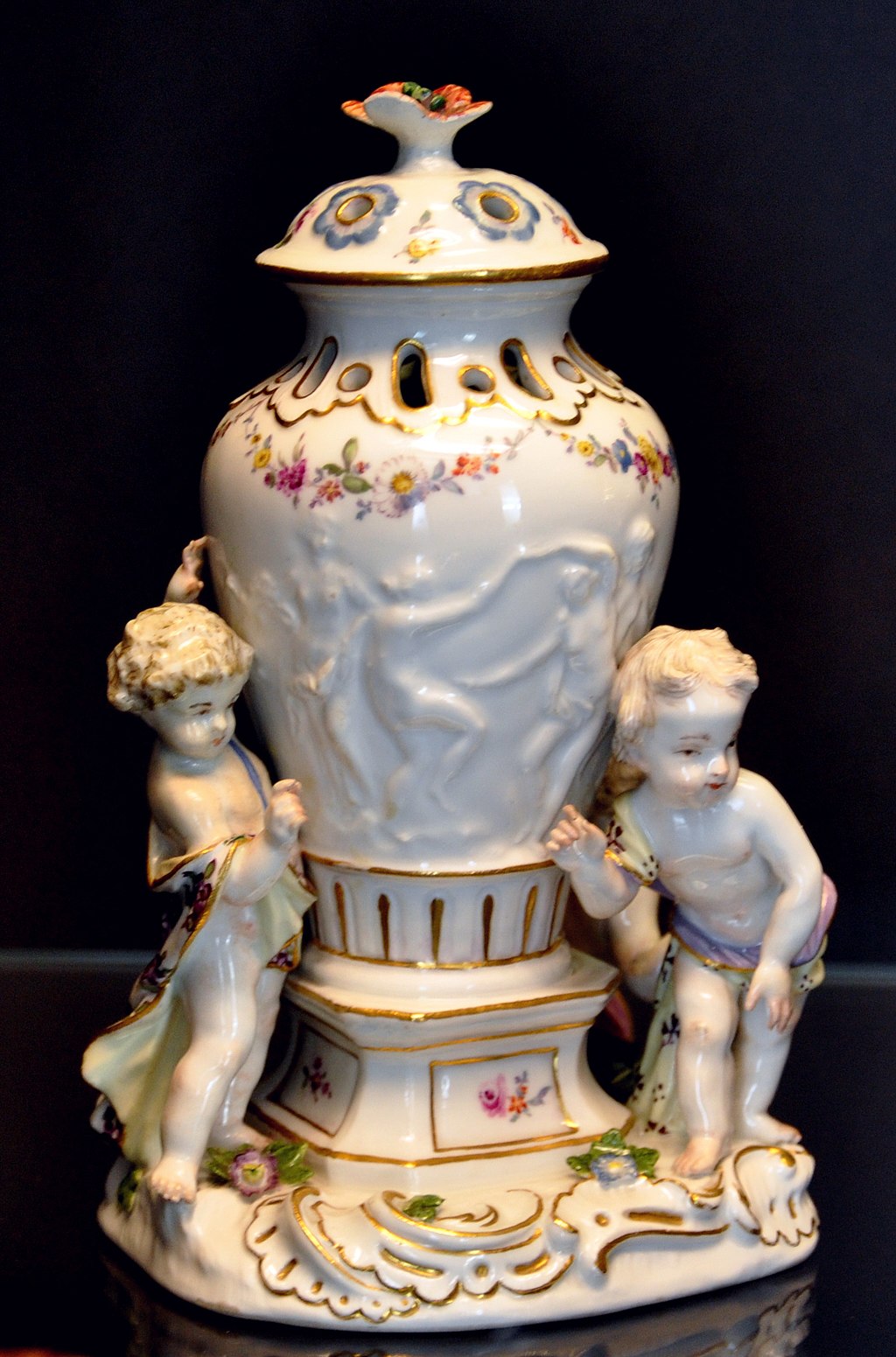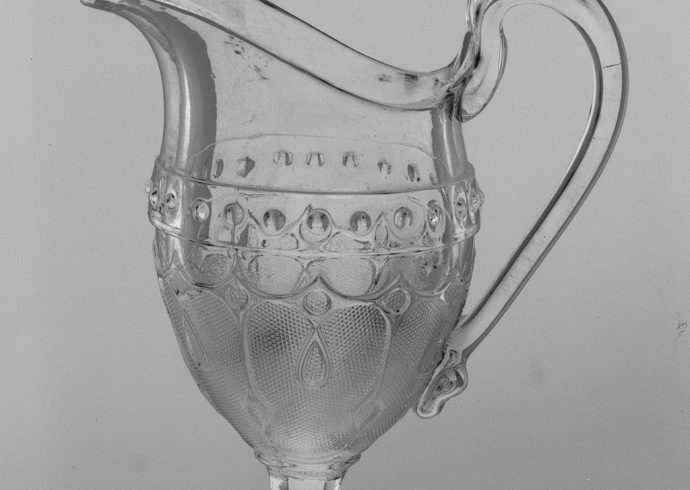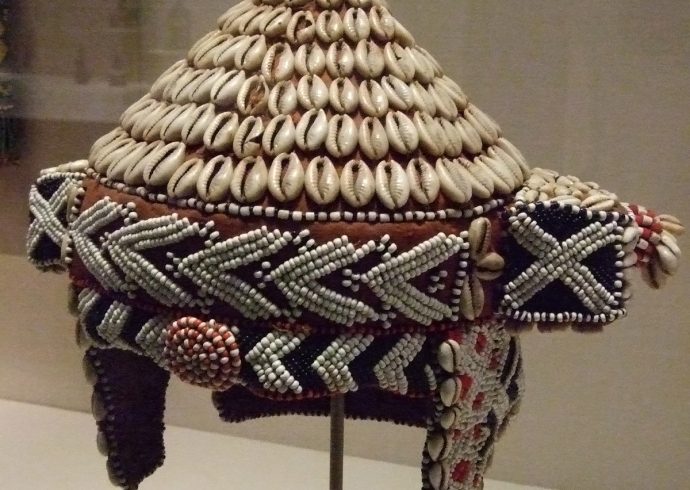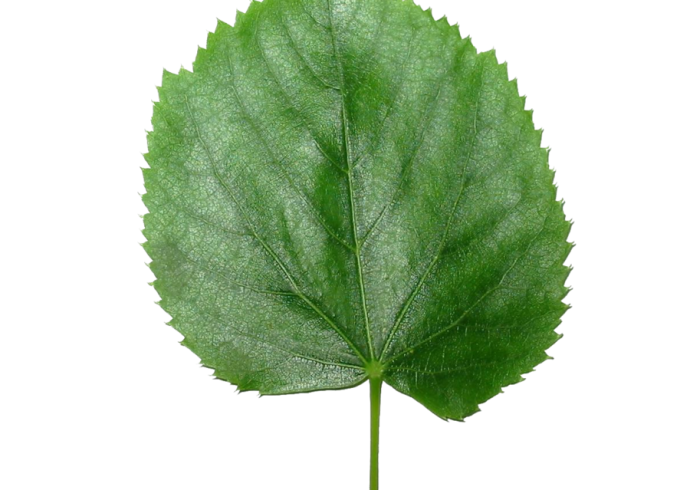
The History of Potpourri Vases
Modern potpourri is normally sold in clear cellophane bags or sometimes in jars with holes punched in the lids – but did you know that special vases were manufactured for potpourri to allow the scent to be released into the air? These vases often had a lid, with holes often cut in elaborate styles. Often made of glazed porcelain, potpourri vases were painted and gilded, meant to be part of a room’s décor while at the same time serve a practical function. Potpourri vases could be large enough to occupy a side table in the parlor, or small enough to place on a desk. Sometimes manufactured in pairs, these vases became popular during the late eighteenth century, well throughout the nineteenth century. Most homes had at least one potpourri vase which held a variety of dried herbs, flowers, and fruit rinds combined to create a pleasing scent.
On average, the shape of a potpourri vase was like that of an urn, sometimes slightly modified to be wider in the middle, and might have a separate stand made of metal or marble to hold it. As with other porcelain objects, they could be painted with literally any color available, with ormolu for an extra touch of elegance. Flowers, birds, people and scenery were among the most popular designs on potpourri vases.
The first potpourri vases were manufactured in Europe, in Germany, France and England. As with so many other porcelain styles and designs, some of the higher-end potpourri vases had their share of imitations being sold much cheaper. One particular company was Sevres, whose imitations were produced by Mintons in England. The Mintons copies were often a different size from the original Sevres and used a different set of paint hues in the decoration.
Potpourri vases went out of style by the mid-twentieth century, perhaps due to the evolution of how potpourri was used – plus the advent of air freshener spray cans with different scents added back in 1948 pretty much ended the need for them. Nowadays some people collect these antique potpourri vases as a curiosity.
Image Credit: A Meissen potpourri vase. AustinTowers, Public domain, via Wikimedia Commons.


